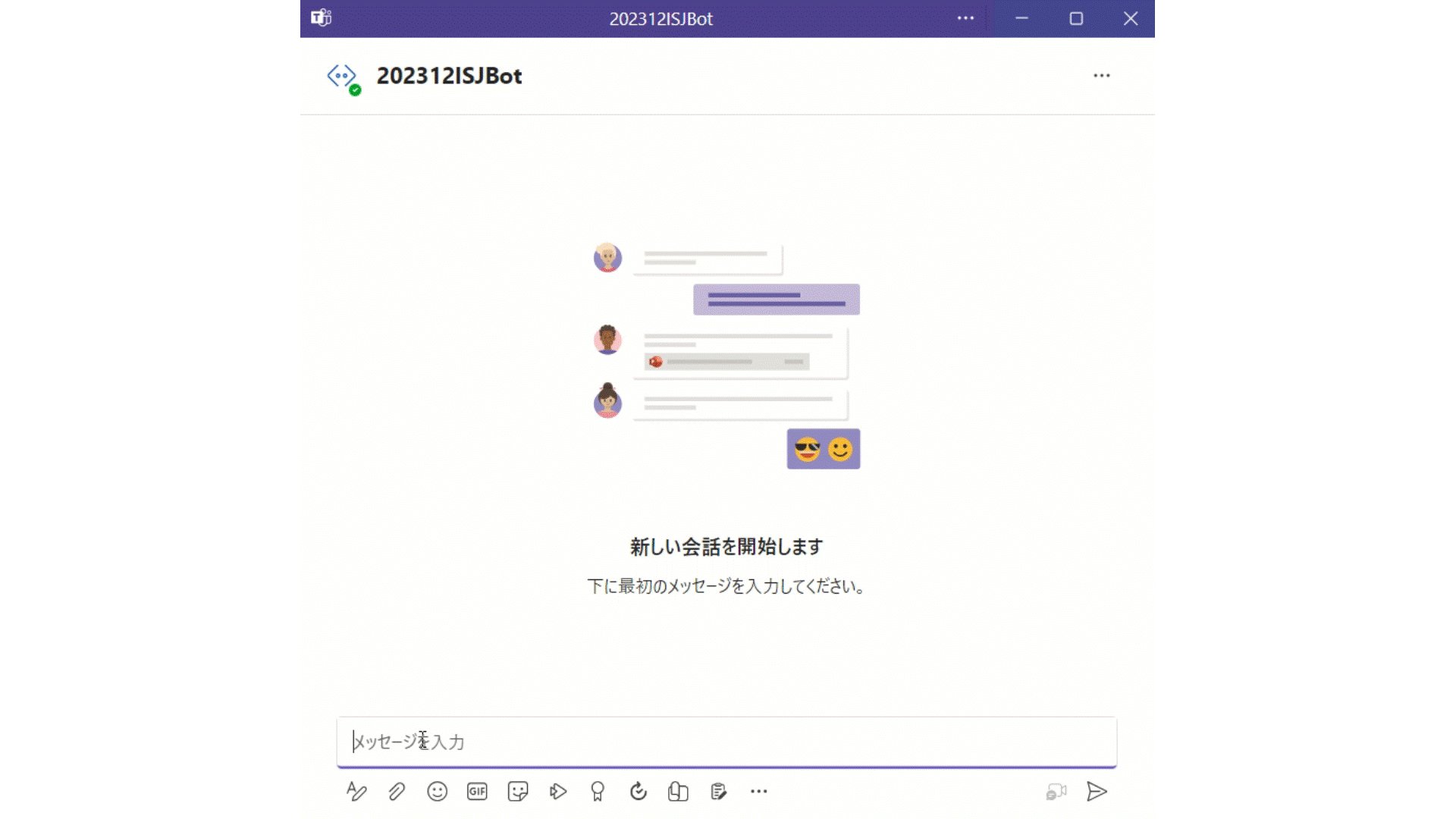I thought I knew how to return a Response from a Business Process back to the Source Config Name, but I guess not.
I am working on a Proof of Concept, that the Request Message Class would determine a "Route" within a Business Process to make a FHIR call (search, read) to our External FHIR repository, and return back the HS.FHIR.DTL.vR4.Model.Resource.xxxxxxx as a Response to the Source Config Name.



 (*)
(*).png)